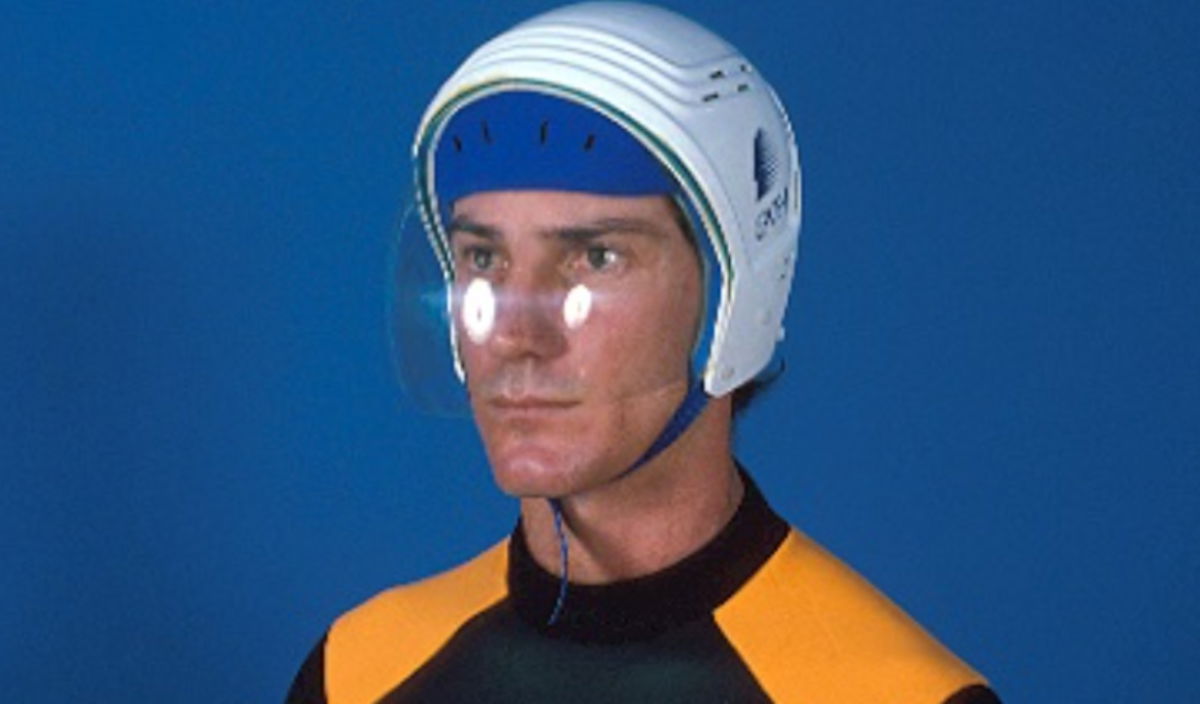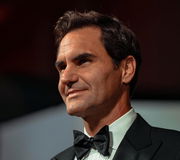

He had just started making waves in the surfing community with his wins in the local and regional meets. But at this very juncture, something started itching the surfer from the Australian town of Margaret River. In the absence of headgear, he started suffering from ear pain after being exposed to cold water and chilly winds. In the years to come, he would undergo two operations. One for exostosis (bone growth in the ears, common in surfers because of prolonged exposure to water and wind). The other was for pterygiums (extra skin formation around the eyes owing to continuous exposure to glare). But the ultimate need for a headgear struck him when he saw his son narrowly escape a fatality after his surfboard fin missed him by a whisker.
Watch What’s Trending Now!
It was then he concretely started thinking about proper equipment to save one’s head. This finally culminated in the development of the first helmet. The surfing community bid a teary-eyed farewell to that innovator, Ricky Gath, who stood as a savior for the umpteenth number of surfers. He breathed his last on Tuesday, December 12, at the age of 67 after battling Stage 4 gastric cancer for more than two years.
ADVERTISEMENT
A pioneering work that secured countless heads
According to the Stab, the first concept of the helmet had a plastic body with a visor for protection against glares. After finalizing the design and taking care of the patenting, he started finding makers who could help him with making the parts of the helmet. The first break came when The Design Innovation Centre, a government body of Washington, brought him in touch with a company. It agreed to develop the prototype of his design.

ADVERTISEMENT
In the following years, the design of the helmet went through multiple makeovers by Ricky in terms of design, parts, and materials. Then came the phase of finding a financier. Going through all the hiatus, the helmet saw its first sunlight at the 1989 Margaret River Pro Masters. Dave Macaulay came out victorious putting on the helmet, which later became known as the Gath.
ADVERTISEMENT
After this, it was only a winning story for the headgear. In the following year (1990) Gary Elkerton won the Pipe Masters with a Gath. The year 1991 saw Tom Carrol winning the same event to popularize the Gath further. It started gaining popularity in the surfing community. Putting more accolades to its kitty, the International Surfers Medical Association lauded the Gath, while also adding a couple of awards for design and innovation. However, the ultimate recognition of the headgear came when it was inducted into the Surfing Hall of Fame and the journey continues.
Top Stories
Greg Biffle’s $4M Worth Prized Possession Still Without a Buyer Leaves NASCAR Fans Heartbroken

LIV Golf Braces for Another Possible Exit in Wake of Brooks Koepka Departure

Sean Payton Announces Retirement Plans as Broncos HC Demands Improvement From Bo Nix & Co. Before Playoffs

Biff Poggi All But Confirms Bryce Underwood’s Michigan Future After Announcing His Own Departure

Roger Federer Draws Criticism from Swiss Government Chief for Tourism Boom in Country

Amanda Balionis Confirms New Relationship Ending Months of Rumors

Legacy of Gath and his innovation lingers in the surfing realm
Gath is still owned and run by the Gath family in Western Australia. According to Ricky, it has been the users of the helmet who are the driving force behind the unhindered popularity of the helmet. In his words, “It has all been worth it when receiving feedback from happy customers saying their Gath helmet has saved them from either serious injury or saved their life.” Interestingly, while Ricky is mostly known for the Gath, he left his marks on the waves as well.
ADVERTISEMENT
Read More: 11 New Surfing Park Projects Hit US Markets; Orlando Announces 43 Acre Design to Excite Fans
Tackling the waves with poise in varying conditions, he won the Margaret River Classic two times. Not only this, he won the title of WA State Surfing Champion in the 1970s, which established his position in the surfing circle. As Ricky leaves for his heavenly abode, the world probably will remember him, beyond everything, for his deep connection with the sport of surfing that translated into a life-saving device.
Watch this story: “Surviving Summer”: 18-Year-Old 5x Junior Surfing Champion Lands a Spot in the Netflix Teen Drama Series
ADVERTISEMENT
ADVERTISEMENT
ADVERTISEMENT
ADVERTISEMENT

